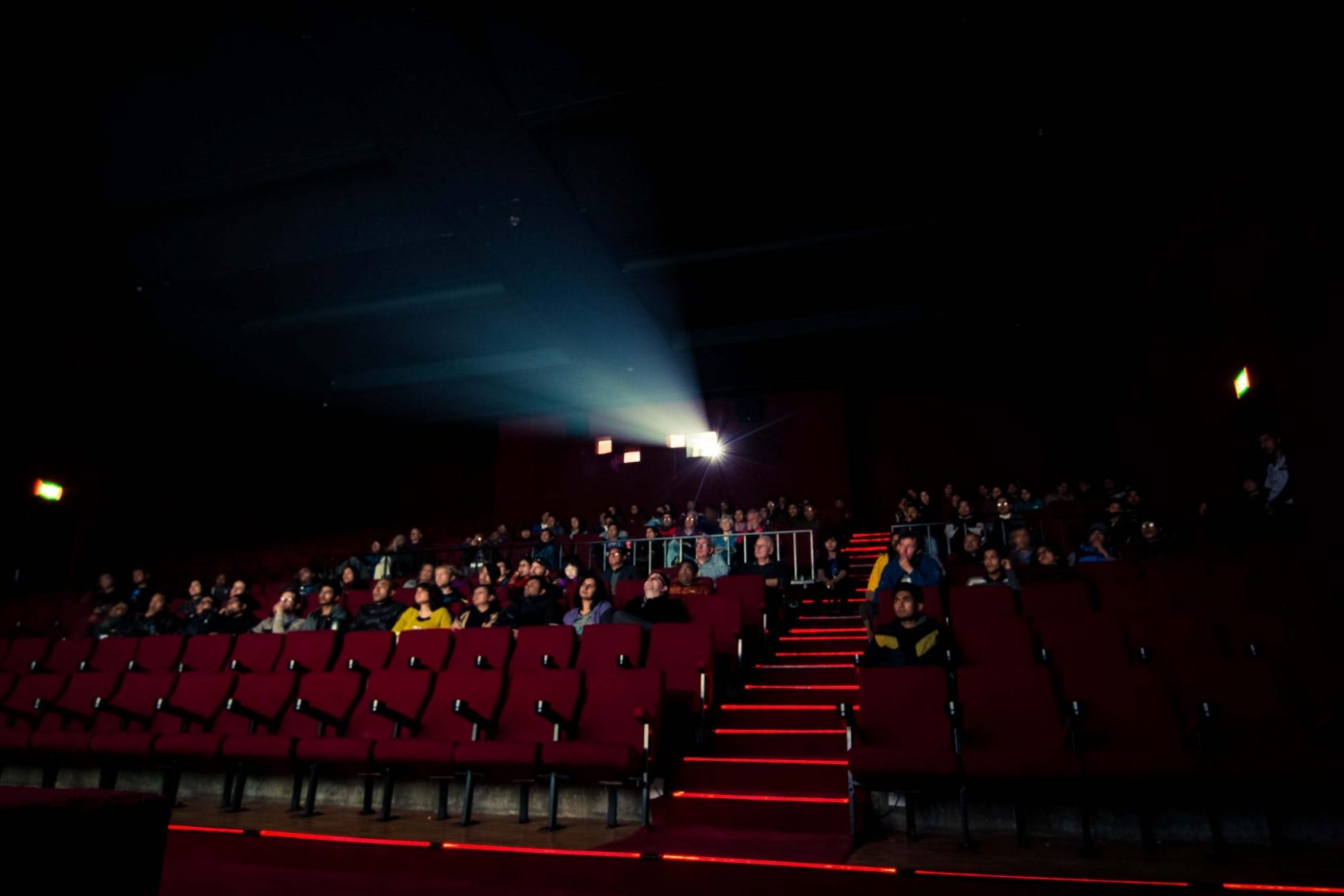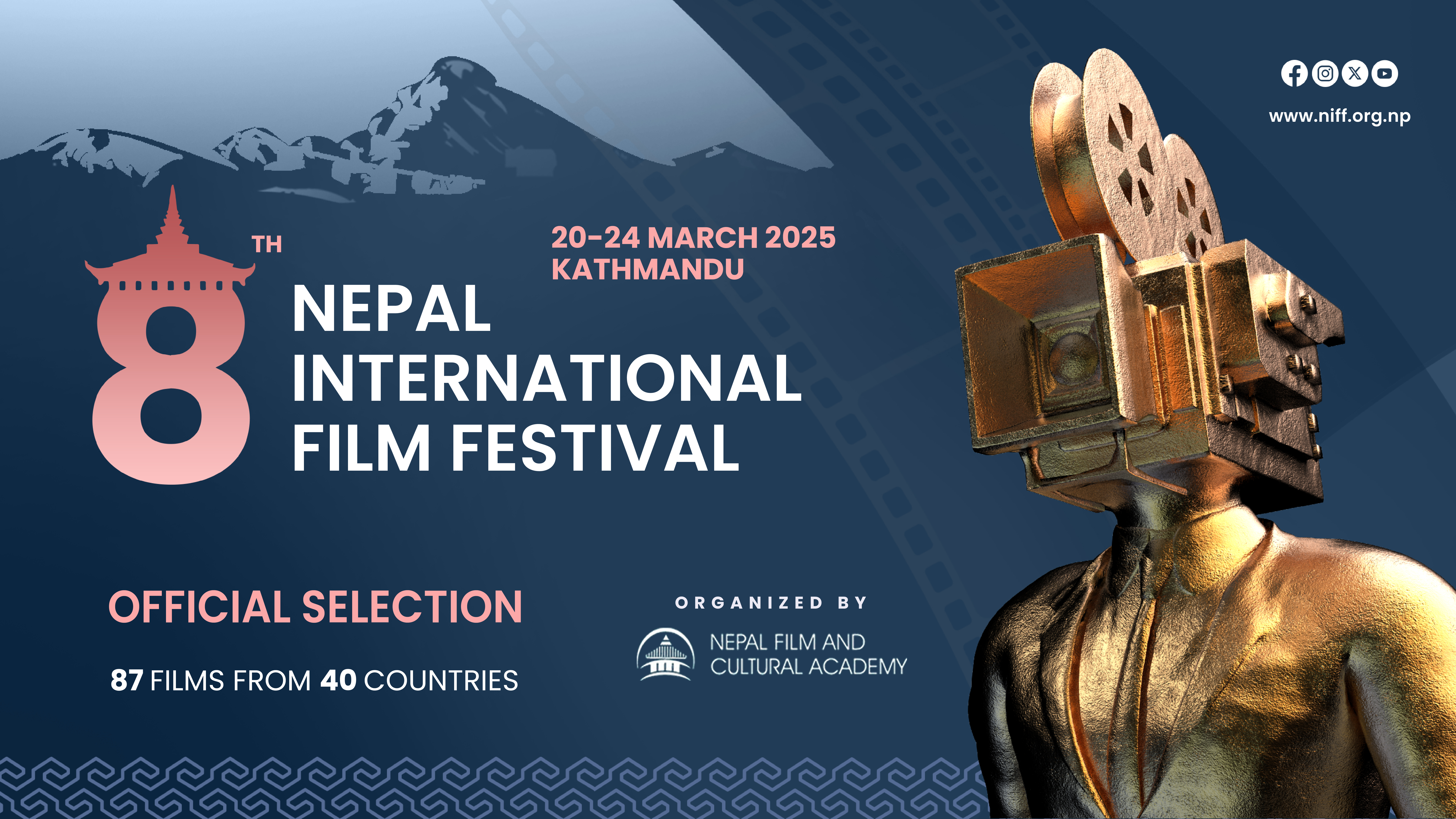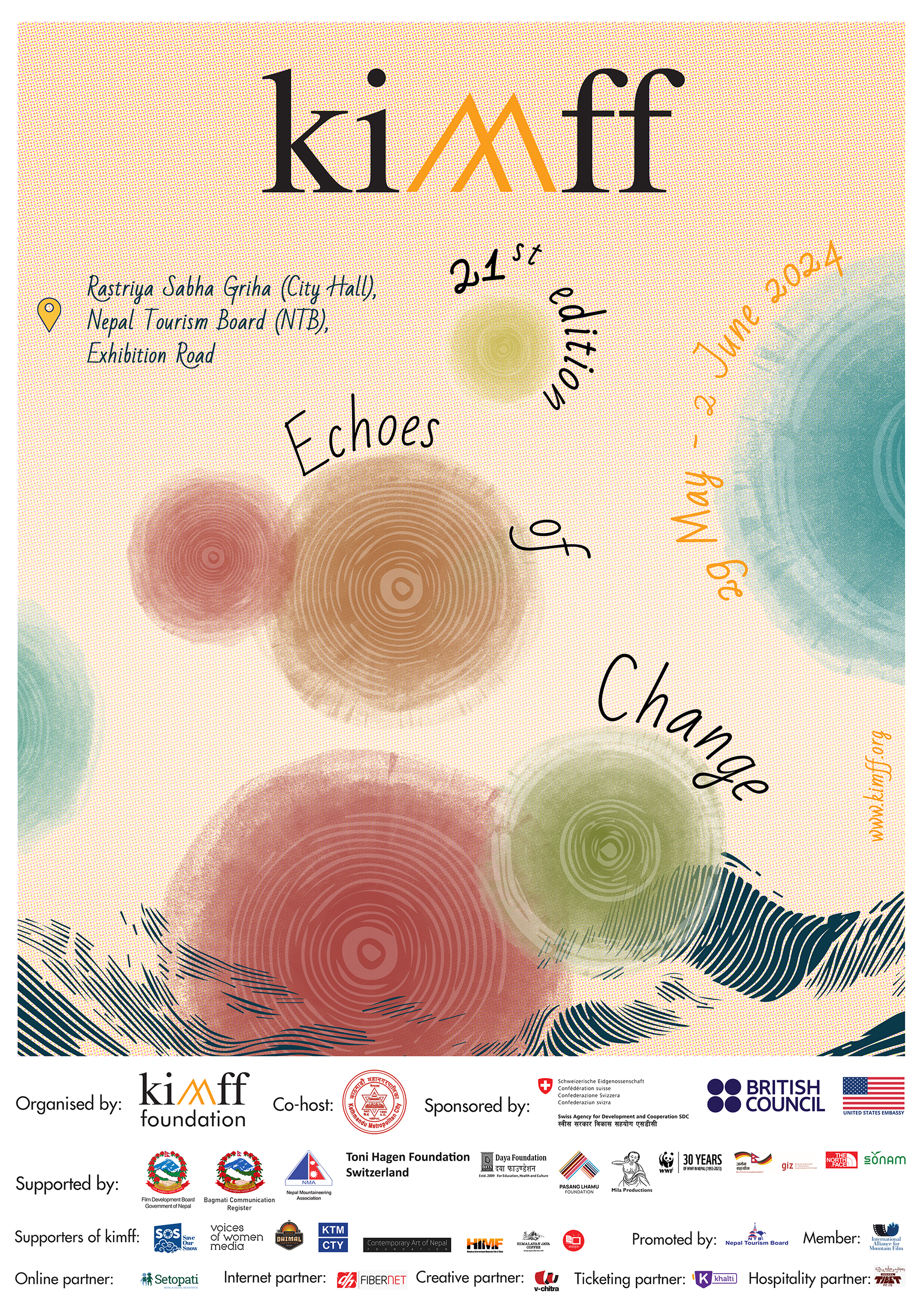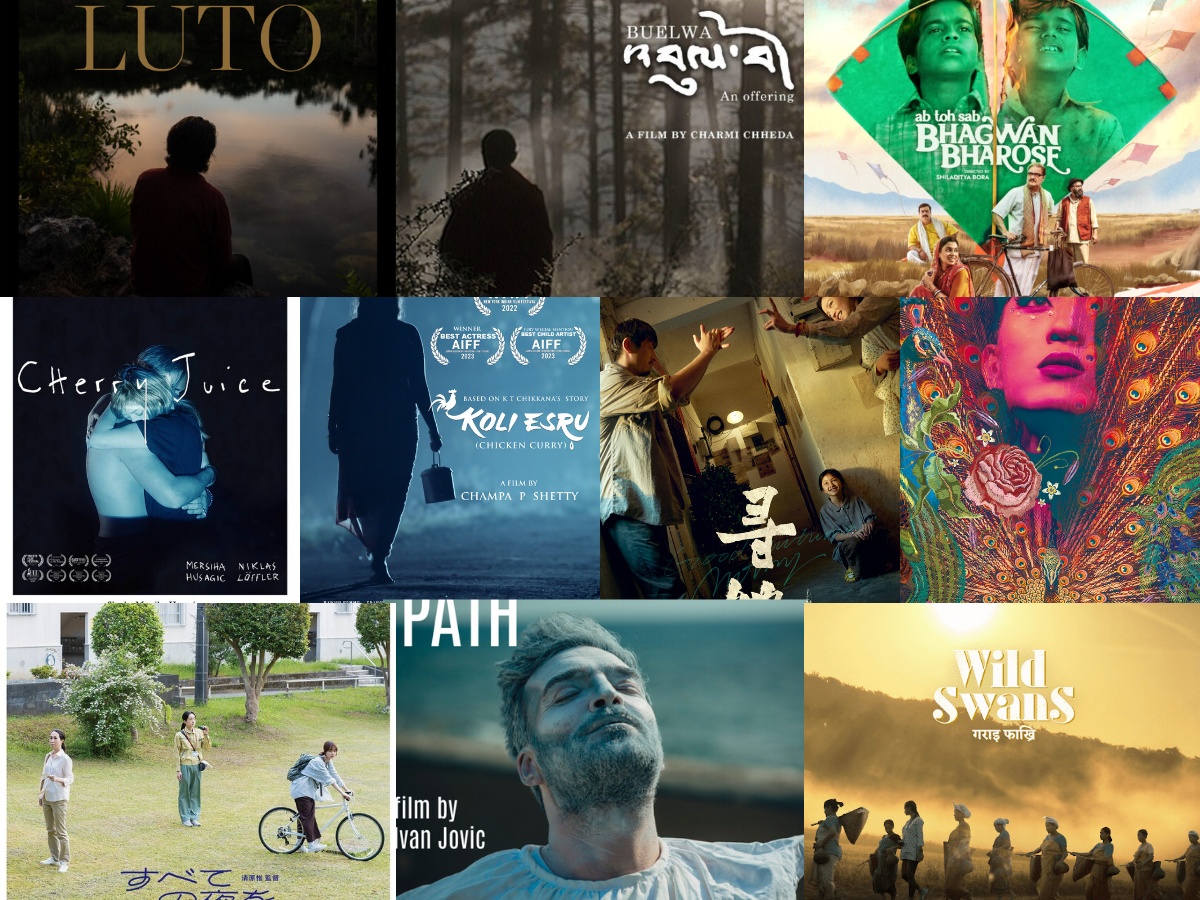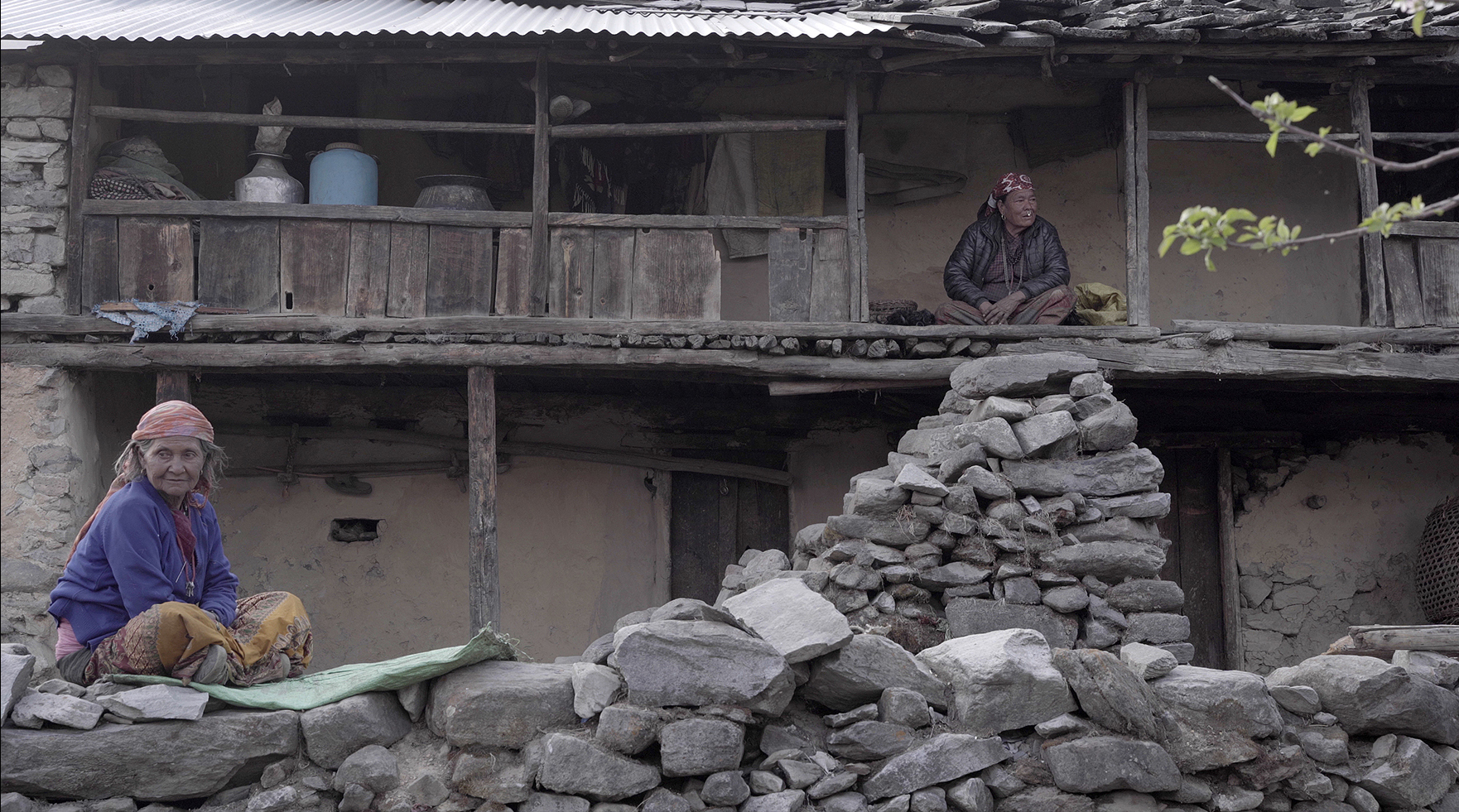In 2019, a filmmaker approached a reputed TV channel in the country. Having spent two years documenting events on the border of Nepal and India post the economic blockade, he was sure some channel would buy his documentary as it showed the hardships people in the border area had to face. The TV channel agreed, but on one condition: the filmmaker had to buy airtime. But, that was something he was not willing to do.
“It was so disappointing. I faced the same thing with all the TV channels,” says the filmmaker who asked to remain anonymous. “A few were willing to show it, but they were not going to pay me. That is when I realised how bad the ‘documentary scene’ in Nepal is. Sometimes I watch my colleagues and wonder if there is a scene at all.”
Disappointed by the scene, he says, he only makes films for international donors or some well-paying Nepali NGOs, mostly for commercial purpose because he says makers like him are neither respected nor appreciated.
This is a general problem that all documentary filmmakers face in Nepal, which is why many stop doing it after producing one or two. Primary reasons for this: a lack of funding and little to no recognition for their work.
Passion, not perks
Those that remain in the scene do so because of their passion for storytelling or as a hobby. Many even do it because they are paid by aid organisations to document their work. But, everyone who makes documentaries does not make it for the Nepali audience; they make it so they can send it abroad.
“It’s not that we desire to send movies abroad,” says Rajan Kathet, a documentary filmmaker. “We do that because we can’t depend on just screening it in Nepal. As filmmakers, we want people to see our films. But here, only a few are interested.”
As neither the government nor the private television channels support their effort, a lot of filmmakers have had to depend on foreign film festivals to get both financial gain and the audience. Apart from that, they also rely on aid organisations that hire these filmmakers to document the work done by them.
“Sometimes, the offer is too good to say no,” says Kathet, maintaining, the filmmakers, however, do not work for money only, “But, the films that people make are quite objective.”
An example he says is Kesang Tseten’s Hospital, in which he tells the story of how dedicated doctors strive valiantly to save lives in remote areas of Nepal.

Overcoming dependence
“It’s okay to make films for NGOs, it’s not dishonest or bad in any way,” Kathet clarifies, “But it is difficult to progress to make good films because they are dictated by NGOs, which want it for information or public relations purposes.”
That said, Tseten does believe that one should try to persuade an organisation to support a film that tackles an issue that they consider is important. He says that it is not easy, but some might be persuaded as the documentary can show a bigger picture of what the organisation is trying to do.
“But, you have to be in a position to negotiate with NGOs or other aid organisations because it is not easy,” says Tseten.
With not many organisation agreeing, but many do what they are told and make small reportage which they send as documentaries to various festivals.
The past few years has seen a rise in films in Nepal. Film festivals like KIMFF, NIFF and FSA have been getting a good number of films from Nepali filmmakers. The reason for this is the rise in film schools in the country and access to technology.
Apart from these, young people, today want to have a voice, and as print media is slowly fading away, a lot of them have taken to audiovisuals to tell a story.
But, while films and filmmakers are on the rise, documentaries and documentary makers are not, says Ramyata Limbu, the festival director at KIMFF. As fiction appeals to them, many refrain from making documentaries.
“The documentary submissions that we get at KIMFF are mostly from journalists or from people from the development sector,” says Limbu. “After writing stories, many want to tell it with the help of audiovisuals. Bhoj Raj (Bhat)’s Sunakali is an example.”

Promoting professionalism
But, Limbu does emphasise that a lot of work needs to be done for the scene to become big in Nepal. She says that while colleges have courses, the interest in documentary-making could need a bit more.
That is why, at KIMFF, they mentor people and offer fellowships to two to three people every year. When submissions are not that great, they even help the makers polish the documentary by helping them in the post-production process.
“We know how tough it is for filmmakers, which is why we try to help them out with partial funding and mentoring,” says Limbu.
The reason Tseten says there is a funding problem in Nepal is a lack of agencies or institutions that fund films. But, he says that this is the case even in wealthy countries, where documentary as an industry does not exist.
“Documentaries have limited audiences and many aren’t exactly made for entertainment purposes,” says Tseten. “The audience is limited even in wealthier countries so it’s no surprise in Nepal.”
There have been some cases of documentaries being given space in film halls here in Nepal, but it is still a rarity as the halls say that no one will come to watch it.
Prachanda Man Shrestha, a director and distributor, says cinemas are not meant to be showing documentaries as there is hardly any profit from them. With a niche audience, Shrestha says that makers need to find the right market to sell their product.
“A hall like QFX or Big Cinemas will not agree to run a documentary because that space isn’t for that,” he says. “For a documentary maker, 200 people is a lot of people, but for a hall that is just one show. I feel these documentary filmmakers need to find the right market to show it.”
He says that a good market for the documentary makers might be digital platforms, subscription-based OTT and PPV IPTVs.
That is what Limbu and KIMFF are working towards doing. She says they have been in talks with Dish Home and other cable operators to put up documentaries like they have put up movies.
“Small efforts need to be made which will help develop the scene because a lot of training will be needed along with exposure. But, it will take time and everyone needs to be patient,” says Limbu.
But, she is hopeful. This year’s KIMFF saw a few good documentaries and hopes more young people will continue to make films.



